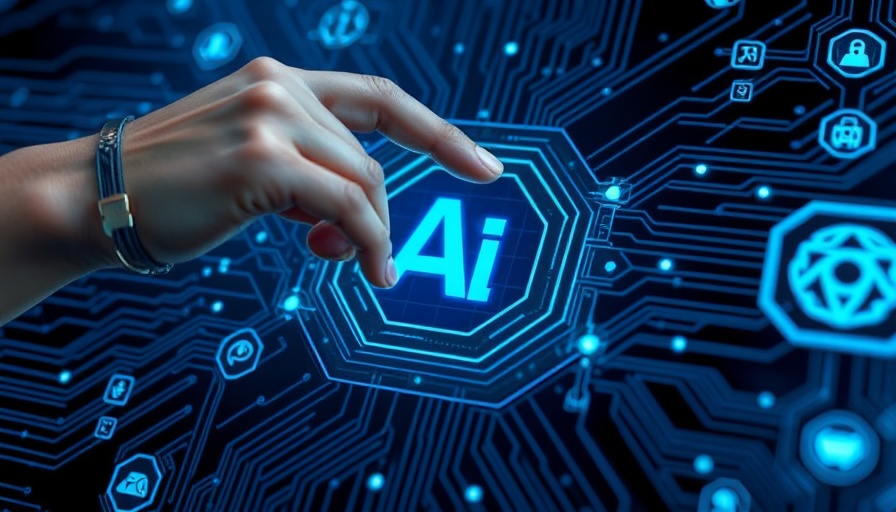
Building the Future of DevOps with AI Agents
GitLab, a key player in the world of DevOps, is steering the future of software development with its innovative platform focused on building and managing AI agents. This initiative aims to streamline workflows, enhance productivity, and ultimately transform how DevOps teams operate.
AI’s Role in Agile DevOps
Companies are increasingly adopting Agile DevOps practices to stay ahead in today's fast-paced tech landscape. By integrating AI agents into their existing frameworks, GitLab enables teams to automate repetitive tasks, thereby allowing developers to focus on higher-level problem-solving and creative solutions. This significant shift not only accelerates the development process but also reduces the risk of human error.
Leveraging AI for DevSecOps
As the need for security grows, so does the importance of DevSecOps—a practice that incorporates security at every stage of development. GitLab's commitment to this approach means that teams will benefit from AI-driven security insights that provide proactive measures to safeguard their projects. By embedding security naturally into workflows, teams can ensure that their applications meet compliance standards without slowing down development.
Real-World Impact and Future Predictions
Looking ahead, the potential applications of GitLab’s platform are vast. Experts predict that as AI technology matures, it will be able to offer even more sophisticated support, including predictive analytics that can forecast project timelines and identify potential bottlenecks before they occur. Such advancements will empower teams to be more agile and responsive to changing market demands.
How AI Agents Can Transform Daily Operations
Implementing AI agents means more than just automating tasks; it represents a fundamental shift in how teams collaborate. Imagine a scenario where an AI agent seamlessly integrates all development tools, providing real-time updates and insights directly within the platforms teams already use. This will foster greater transparency and encourage more dynamic collaboration across functions.
Addressing Common Concerns
While many are excited about the prospects of AI in DevOps, it’s essential to address the concerns that come with such technology. Common misconceptions include fears over AI taking jobs away from developers. However, experts argue that AI should be seen as an augmentation tool that enhances human capabilities instead of replacing them. The key lies in using AI to eliminate mundane tasks so that developers can bring their unique skills and insights to the table.
Tools and Resources for Teams
GitLab's advancements come with the promise of equipping teams with the necessary tools to succeed. Educational resources, training modules, and community forums will help foster this new environment. Being proactive in adopting these tools and understanding how to leverage them effectively will be crucial for teams eager to maintain their competitive edge.
Take Action Today!
As GitLab prepares to roll out its AI agent platform, now is the time for teams to explore how they can integrate AI into their DevOps processes. By embracing these changes, organizations will not only enhance productivity but also position themselves as leaders in the evolving landscape of software development. Don't wait—start your journey toward an AI-enhanced DevOps future today!
 Add Row
Add Row  Add
Add 




Write A Comment